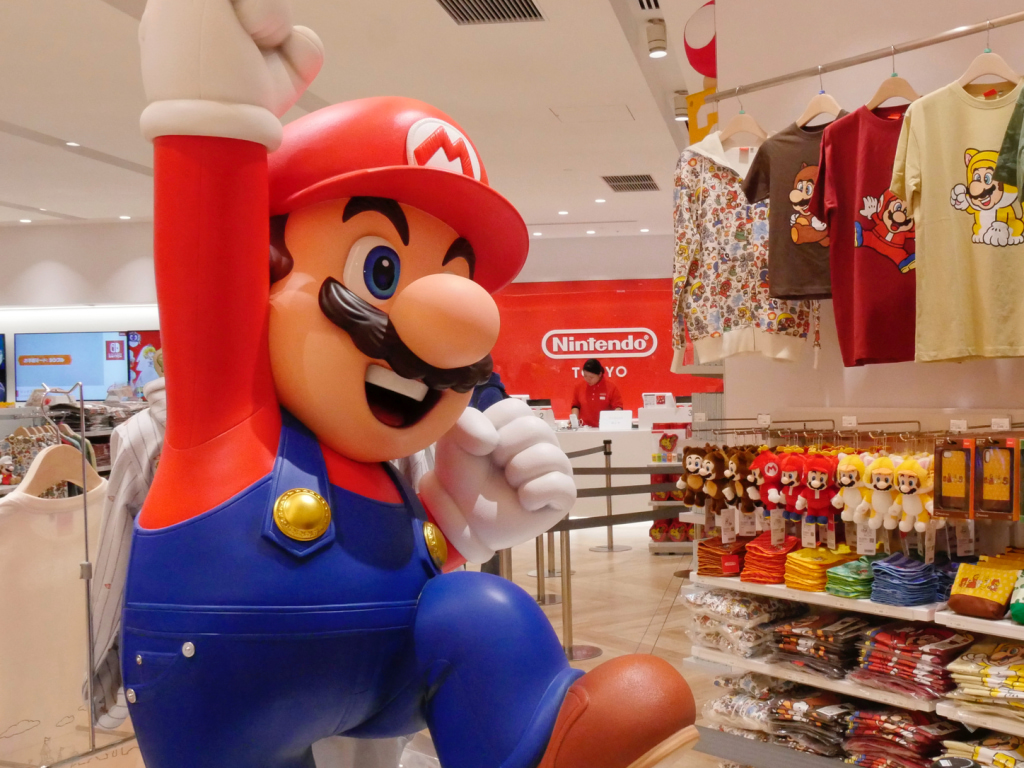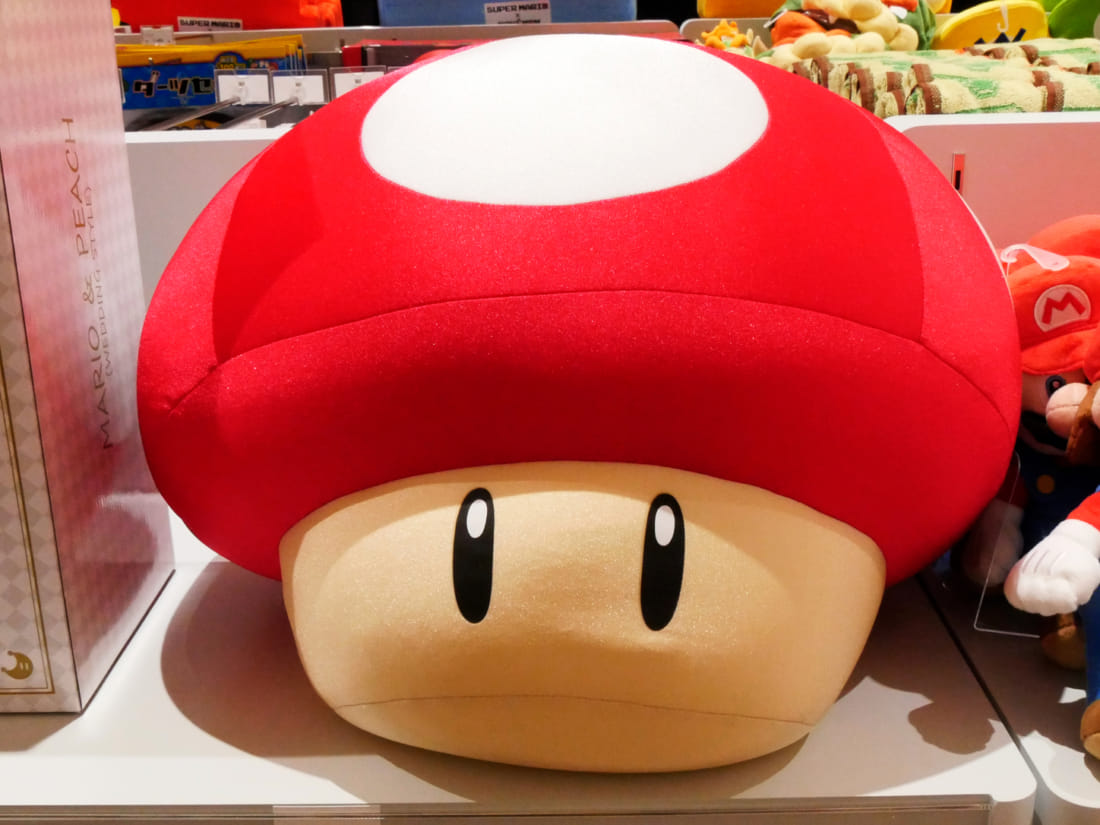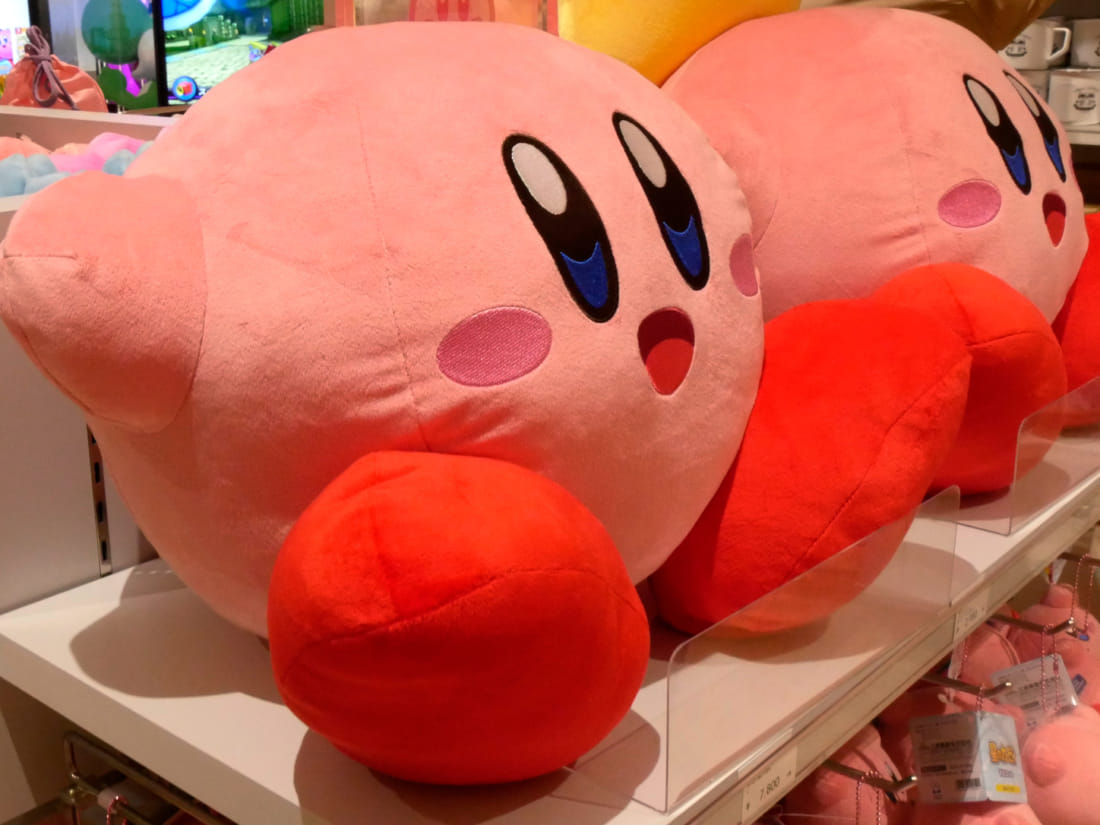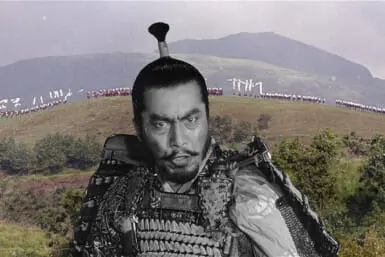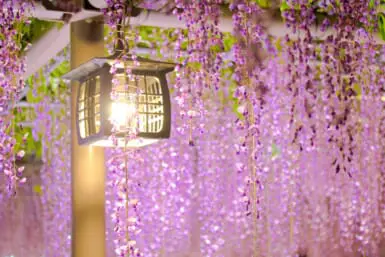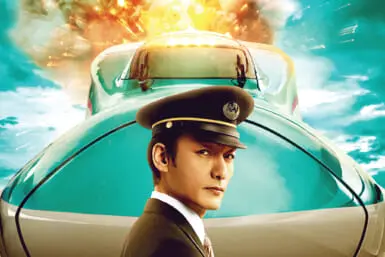Find an ’80s or ’90s kid, ask them about a favorite Nintendo memory, and almost every one will recall a unique story: head-bonking bricks and eating funky mushrooms as a princess-saving plumber; launching rocket-powered shells and skidding on banana skins as a hulking ape in a four-wheeled kart; being reproached by an overweight, psychotic Italian with a yellow hat and questionable moustache; or violently introducing a controller to the wall whilst failing, yet again, to decipher an obtuse Hyrule dungeon puzzle. Each memory, whether recalled with frustration or delight, invariably comes with a similar overall theme: nostalgia.
Nostalgia, the reason Nintendo memories have an uncanny knack for being simultaneously so original yet so relatable, has been the principle driving force behind the company’s storied history in the world of gaming. With the opening of its new store in Shibuya, Nintendo Tokyo, that feeling has come to the fore once more.
Nintendo Tokyo
It’s hard to believe it took this long, but Japan’s first ever Nintendo store finally opened its doors on November 22, occupying the sixth floor of the revamped Shibuya Parco complex. Walking through the sleek, pearly white space feels like exploring the inside of a new Nintendo gaming system. A scattering of statues depicting the pantheon of Nintendo protagonists are erected on podiums, striking iconic poses. The original company logo stands illuminated above the shop’s entrance, while a chaotic maelstrom of animated childhood heroes in action flashes across huge LED monitors. The sights are joined by a cacophony of polyphonic bip-bop sounds, swooning customers and the faint smell of money burning a hole in joyous pockets. It’s a love letter to fans and is sure to be a hit with the increasingly large hordes of traveling otaku to the capital.
The flagship store peddles Nintendo consoles, games, merchandise and memorabilia from the franchises of old to the icons of new. It celebrates 30-plus years of pop-culture stardom, while introducing a new generation of games to a new legion of fans. A less discussed notion however, is the timing of the store’s opening. The end of 2019 coincides with a resurgence of relevance for Nintendo, after an unprecedented period in the gaming doldrums.
Do people outside of gaming circles even remember the Wii U?
A Fall from Grace
In spite of remaining a household name, the last 20 or so years have not always been kind to Nintendo. From a 90% share – or should I say monopoly – of the video game market space in the early ’90s, the Kyoto-based company slowly dissolved into relative obscurity by the 2010s. While Sony and Microsoft were releasing high-powered home consoles (critically adored iterations of PlayStation and Xbox respectively), and creating exceptional software to be played on them, Nintendo had become a shadow of its former self. Do people outside of gaming circles even remember the Wii U? To jog your memory, it was that clunky, white brick (released in 2012) which sold almost 90 million units less than its predecessor, the Wii, and was discontinued within five years.
Following the Wii U’s flop, Nintendo needed some inspiration. Run of the mill consoles with inferior graphics chips and limited processing power don’t cut it in the modern era of gaming – unless they offer something wholly unique. While a shift of handheld gaming to mobile devices questioned the plausibility of thriving in that market. So how did Nintendo manage to turn the tides?
Re-Leveling Up
Pokemon Go, the brainchild of Niantic Inc., was released on mobile devices in July 2016. The game ignited the virtual walls of social media, as people swarmed to the streets in a monster-hunting frenzy. The location-based, Pokemon-catching game is still wildly popular, particularly in Japan, crossing the $3 billion mark in global revenue in October 2019. Though it was not developed by Nintendo, or released on a Nintendo platform, Pokemon Go immediately resonated with fans of the franchise. Pokemon and Nintendo are inexorably intertwined, so without doing much, Nintendo re-entered the public consciousness.
In March 2017, Nintendo released its latest console: the Nintendo Switch. The aptly named home video game system broke new ground, as players could seamlessly switch it into hand-held mode and play on the go. It was critically well-received, yet got off to a bit of a stumbling start due to a relatively small software library. The Legend of Zelda: Breath of the Wild was the first big console-exclusive to be released on the Switch, and what a fine specimen and technological marvel of a creation that was. The vibrant and genuinely dynamic in-game environment captured the essence of the franchise, while redefining modern open-world gaming. Video game journalists were smitten, as the game claimed close to a clean sweep of “10 out of 10s” from the industry’s most reputable media outlets. This laid the groundwork for Nintendo’s march back towards the top.
The Switch has finally brought Nintendo back into gaming’s upper echelons.
As we near the end of 2019, the Switch has finally brought Nintendo back into gaming’s upper echelons. This is thanks to a slew of new Mario games and retro-inspired games from independent developers, an ever-increasing third-party game developer attach rate, and the console’s unique “switch” capability. As of September 2019, it had sold over 41 million units, maintaining a similar lifetime pace to that of the PlayStation 4 which has sold around 102 million units to date – it’s the second best-selling console in history. The Nintendo Switch has the potential to reach similarly lofty heights if current trends are maintained.
The Nintendo Store and Beyond
The opening of Nintendo Tokyo in Shibuya’s swanky, new department store is a clear statement of intent from Nintendo, coupled with astute timing. It gives it the opportunity to further remind gamers why the company was so beloved, while reaching a new audience who aren’t enthralled by the same levels of nostalgia just yet.
But the store is only the beginning. Super Nintendo World, a $351 million dollar expansion to Universal Studios in Osaka, is still set for completion before the 2020 Olympics. Plans to add similar additions the Universal Studios parks in Orlando and Hollywood respectively are still on the table. Furthermore, the company has expressed intentions of delving deeper into the revolutionary E-sports market. Yes, Nintendo is firmly back where it belongs, and the pop-culture world is better for it.

